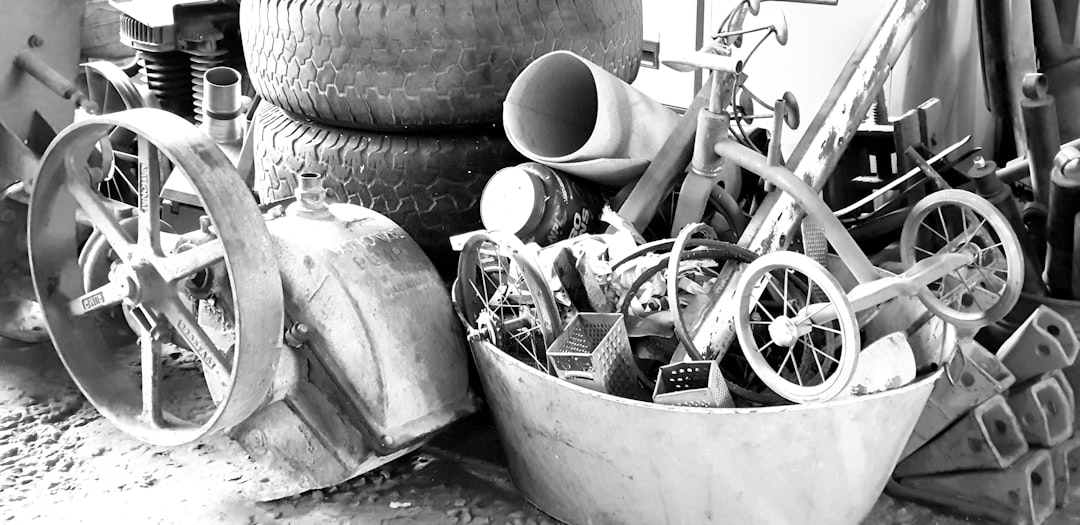
When it comes to level roofing systems, tar and crushed rock roof coverings remain a popular choice for both domestic and business buildings. This durable roofing alternative has been around for decades, applauded for its durability and sturdiness. As a specialist in the area, I want to share vital insights into why tar and gravel roof is an excellent investment, the installment process, upkeep needs, and its general benefits.
One of the main factors home owners and local business owner pick tar and gravel roofings is their excellent lifespan. A well-installed tar and gravel roofing system can last 20 years or longer, providing excellent defense versus the elements. The building and construction of these roofing systems usually consists of numerous layers of waterproofing, which are sealed with hot asphalt or tar, adhered to by a layer of gravel for added protection. This one-of-a-kind framework makes it especially resilient against rough climate condition, UV rays, and also foot website traffic, making it excellent for rooftop tools and use.
The setup of a tar and gravel roof includes numerous vital actions that require specialist expertise for ideal outcomes. First, the surface needs to be thoroughly cleansed and prepared to guarantee correct adhesion. Next, layers of roof felt are applied, complied with by hot tar, and after that another layer of really felt. This process is proceeded till the wanted thickness is accomplished, and lastly, crushed rock is spread ahead to safeguard the hidden products. An effective installment counts on specific methods, as incorrect application can lead to leakages and other problems later on.
Regular upkeep is important to prolonging the life expectancy of a tar and crushed rock roof covering. While these roofing systems are developed to be durable, regular inspections can aid identify potential issues prior to they rise. It’s recommended to inspect the roofing semi-annually and after extreme weather events. Search for loosened gravel, cracks in the tar layers, or leaks brought on by foot web traffic or particles. Keeping the roofing tidy and clear of debris will certainly likewise avoid prospective water pooling, which can cause leakages and damage.
To conclude, tar and gravel roofs provide a reputable, lasting roofing solution for those seeking resilience and low upkeep. Their installation needs ability and accuracy, but the advantages of a sound system much surpass the preliminary financial investment. With appropriate upkeep and care, your tar and crushed rock roofing system can safeguard your home successfully for decades, making it a wise selection for flat-roof structures. When thinking about roof alternatives, talk to a professional to explore whether a tar and gravel system fits your requirements and budget.